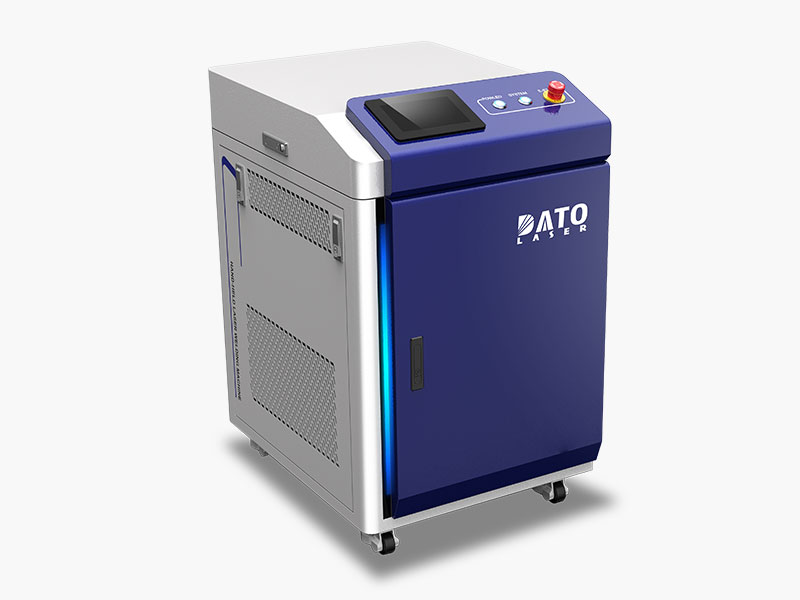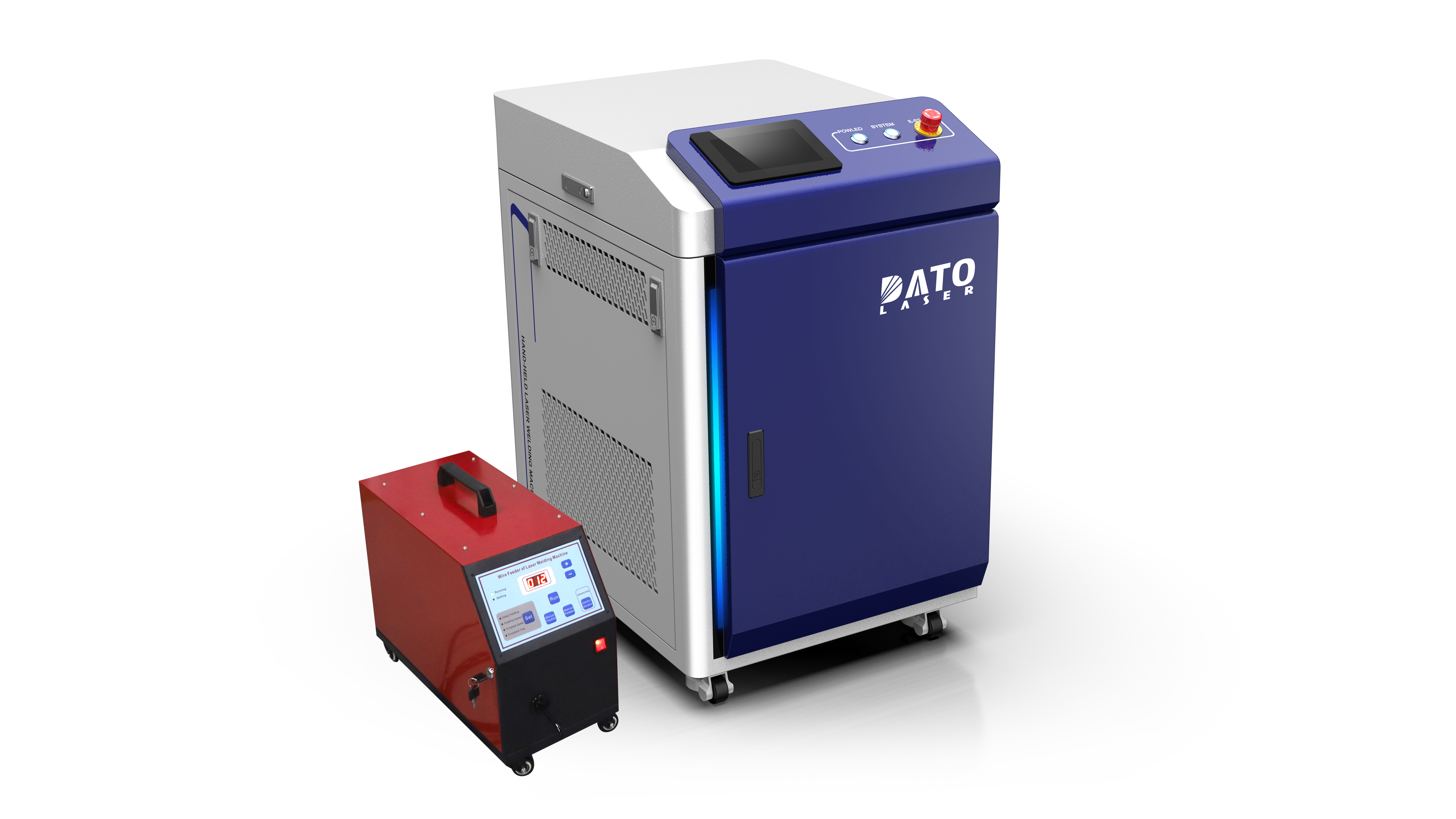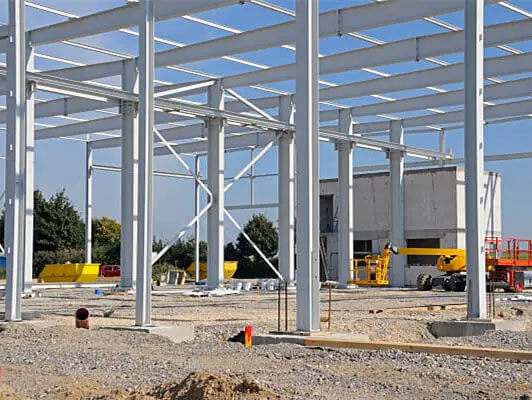What Materials Can Actually Be Welded with a Fiber Laser? The Answer Might Surprise You

When it comes to fiber laser welding machine, the versatility of materials that can be joined might astonish even experienced manufacturers. As laser welding technology continues to advance, our Dato fiber laser welding systems are pushing the boundaries of what's possible in material joining. Let's explore the impressive range of materials that can be welded using fiber laser technology and uncover some surprising possibilities you might not have considered.
Common Metals and Their Perfect Partnership with Laser Welding
Stainless Steel: The Classic Champion
Stainless steel remains one of the most popular materials for laser welding, and for good reason. Our DT-HJ Series excels at creating precise, clean welds on stainless steel components of varying thicknesses. The high-energy density of fiber laser welding produces minimal heat-affected zones, maintaining the corrosion resistance and structural integrity that makes stainless steel so valuable.
Carbon Steel: Strength Meets Precision
Carbon steel welding reaches new levels of efficiency with fiber laser technology. The focused beam of our laser welding systems creates strong, consistent welds while minimizing distortion - a common challenge with traditional welding methods. This makes it ideal for automotive components, structural elements, and precision machinery parts.
Aluminum and Its Alloys: Breaking Traditional Barriers
Previously challenging to weld with conventional methods, aluminum and its alloys are now readily joinable using advanced fiber laser technology. The DT-HJ Series's precise power control and fast processing speeds prevent the heat-related issues that often plague aluminum welding, such as warping and porosity.
Surprising Materials That Can Be Laser Welded
Copper and Copper Alloys
Thanks to the advanced wavelength characteristics of fiber lasers, copper - traditionally difficult to weld due to its high reflectivity - can now be effectively joined. Our systems' sophisticated power control ensures consistent penetration and strong bonds, making them perfect for electrical components and heat exchangers.
Titanium and Exotic Alloys
The precision and controlled heat input of fiber laser welding make it ideal for working with titanium and other exotic alloys. These materials, crucial in aerospace and medical applications, benefit from the clean, contamination-free welds that our laser systems provide.
Mixed Material Combinations
One of the most exciting capabilities of fiber laser welding is joining dissimilar materials. Our systems can successfully weld combinations that were once considered impossible, such as:
Steel to aluminum
Copper to aluminum
Titanium to stainless steel

Advanced Applications and Special Considerations
Thin Materials and Precision Work
The DT-HJ Series shines when working with extremely thin materials, some as thin as 0.1mm. This precision makes it perfect for electronics manufacturing, medical devices, and other applications requiring delicate handling.
Reflective Materials
Modern fiber laser technology has overcome traditional challenges associated with reflective materials. Our advanced beam delivery systems and power control ensure stable welding processes even on highly reflective surfaces.
Specialized Industry Applications
Automotive Manufacturing
Our laser welding systems are increasingly used in automotive production, handling everything from body panels to powertrain components. The ability to weld different material combinations is particularly valuable in lightweight vehicle construction.
Electronics and Battery Production
The precision and control offered by our fiber laser welding systems make them ideal for electronics manufacturing, including battery production where multiple thin layers of different materials need to be joined reliably.
Medical Device Manufacturing
The clean, precise welds produced by fiber laser welding are perfect for medical device manufacturing, where material purity and weld quality are paramount.
Maximizing Your Welding Potential
To help you achieve optimal results with different materials, Dato offers comprehensive support and expertise:
Material-specific parameter recommendations
Custom testing and validation services
Technical support for challenging applications
Training programs for operators working with new materials
Looking to the Future
As material science continues to evolve, our fiber laser welding technology adapts to meet new challenges. The DT-HJ Series is regularly updated to handle emerging materials and combinations, ensuring your investment remains future-proof.

Ready to Explore Your Material Options?
Whether you're working with traditional metals or exploring new material combinations, our team at Dato is here to help you determine the best laser welding solution for your specific needs. Contact us today to discuss your material requirements and discover how our fiber laser welding systems can enhance your manufacturing capabilities.
Experience the versatility of fiber laser welding with Dato - where advanced technology meets unlimited material possibilities. Let us help you push the boundaries of what's possible in your manufacturing process.
Related Blogs
-
 Exploring the Safety, Precision, and Industrial Benefits of Laser Surface CleaningIn today’s fast-paced industrial world, where quality, efficiency, and sustainability are top priorities, manufacturers are constantly seeking better ways to clean metal surfaces without compromising material integrityBlog
Exploring the Safety, Precision, and Industrial Benefits of Laser Surface CleaningIn today’s fast-paced industrial world, where quality, efficiency, and sustainability are top priorities, manufacturers are constantly seeking better ways to clean metal surfaces without compromising material integrityBlog -
 A Complete Guide by DATO and LeapionIn modern industry, surface preparation and maintenance play a crucial role in achieving high-quality manufacturing results. Laser cleaning machines have emerged as one of the most innovative, efficient, and environmentally friendly tools for removing contaminantsBlog
A Complete Guide by DATO and LeapionIn modern industry, surface preparation and maintenance play a crucial role in achieving high-quality manufacturing results. Laser cleaning machines have emerged as one of the most innovative, efficient, and environmentally friendly tools for removing contaminantsBlog -
 Laser cleaning machines are revolutionizing industrial surface cleaning by offering a faster, safer, and more eco-friendly alternative to traditional methods. Whether removing rust, paint, oil, oxide, or other surface contaminants, laser cleaning has become a cutting-edge solution in manufacturing,Blog
Laser cleaning machines are revolutionizing industrial surface cleaning by offering a faster, safer, and more eco-friendly alternative to traditional methods. Whether removing rust, paint, oil, oxide, or other surface contaminants, laser cleaning has become a cutting-edge solution in manufacturing,Blog -
 Introduction: Transforming EV Battery Manufacturing Through Laser TechnologyThe electric vehicle revolution has accelerated dramatically over the past decade, bringing with it unprecedented challenges and opportunities in battery manufacturing. As global automakers commit billions to electrificationBlog
Introduction: Transforming EV Battery Manufacturing Through Laser TechnologyThe electric vehicle revolution has accelerated dramatically over the past decade, bringing with it unprecedented challenges and opportunities in battery manufacturing. As global automakers commit billions to electrificationBlog













